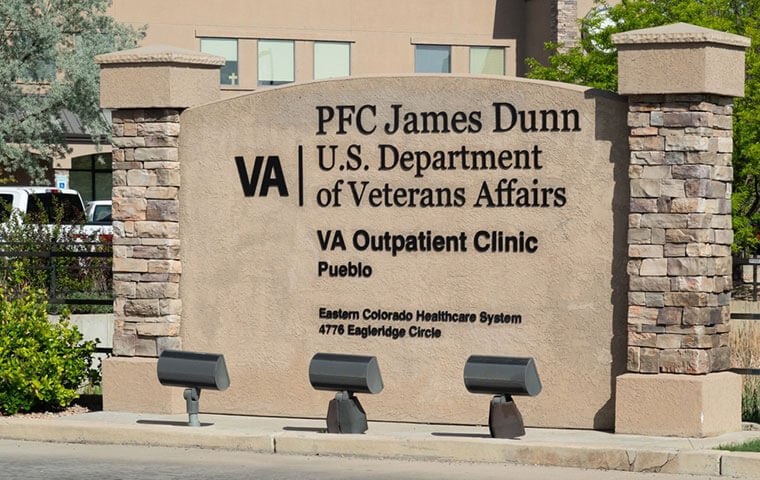 Auditors found that some employees “continued to receive retention incentive payments after their award period had expired, sometimes for many years. Image: Ken Wolter/Shutterstock.com
By: FEDweek Staff
Auditors found that some employees “continued to receive retention incentive payments after their award period had expired, sometimes for many years. Image: Ken Wolter/Shutterstock.com
By: FEDweek StaffThe VA’s Veterans Health Administration “extensively” uses recruitment, relocation and retention incentives to address understaffing in certain occupations but still is falling short in documenting the need for them and in monitoring them, an inspector general witness said at a House hearing.
Over 2022-2023, the VHA paid about $828 million in incentives to about 130,000 employees—in both years with nine-tenths going to employees in occupations on the staffing shortage lists, the witness said. In addition to various clinical occupations such as nursing, psychology, psychiatry and medical technologist, those include occupations such as medical support assistant, biomedical engineering, custodial, food service and police.
“However, VA did not effectively govern the incentive process to make sure that responsible VHA officials consistently captured mandatory information to support an incentive award. The required documentation helps provide assurances that incentives are properly used and is needed for effective oversight reviews,” the witness said, citing a recent report.
Auditors found that incentive forms were missing or had insufficient justifications and that records did not always include sufficient narratives for reducing or eliminating the retention incentives, or information needed to monitor the incentives. They further found that some employees “continued to receive retention incentive payments after their award period had expired, sometimes for many years.”
The witness noted that the VA had changed some policies in response to a 2017 IG report pointing to similar issues. However, the follow-up review found that the department “did not sustain or enforce” policies to address recommendations to ensure that retention incentives addressed workforce and succession plans, and that employees self-certified that they established residency in a new geographic area before receiving a relocation incentive.
Further, the VA put in place new requirements to oversee use of incentive awards but “Although these oversight measures identified errors, they did not address systemic weaknesses in the request and authorization of incentives. In addition, these reviews did not prevent incentive packages from being processed and paid based on insufficient justifications because the reviews occurred after the incentives were awarded.”
Shutdown Meter Ticking Up a Bit
Judge Backs Suit against Firings of Probationers, but Won’t Order Reinstatements
Focus Turns to Senate on Effort to Block Trump Order against Unions
TSP Adds Detail to Upcoming Roth Conversion Feature
White House to Issue Rules on RIF, Disciplinary Policy Changes
Hill Dems Question OPM on PSHB Program After IG Slams Readiness
See also,
How Do Age and Years of Service Impact My Federal Retirement
The Best Ages for Federal Employees to Retire
FERS Retirement Guide 2025 – Your Roadmap to Maximizing Federal Retirement Benefits

